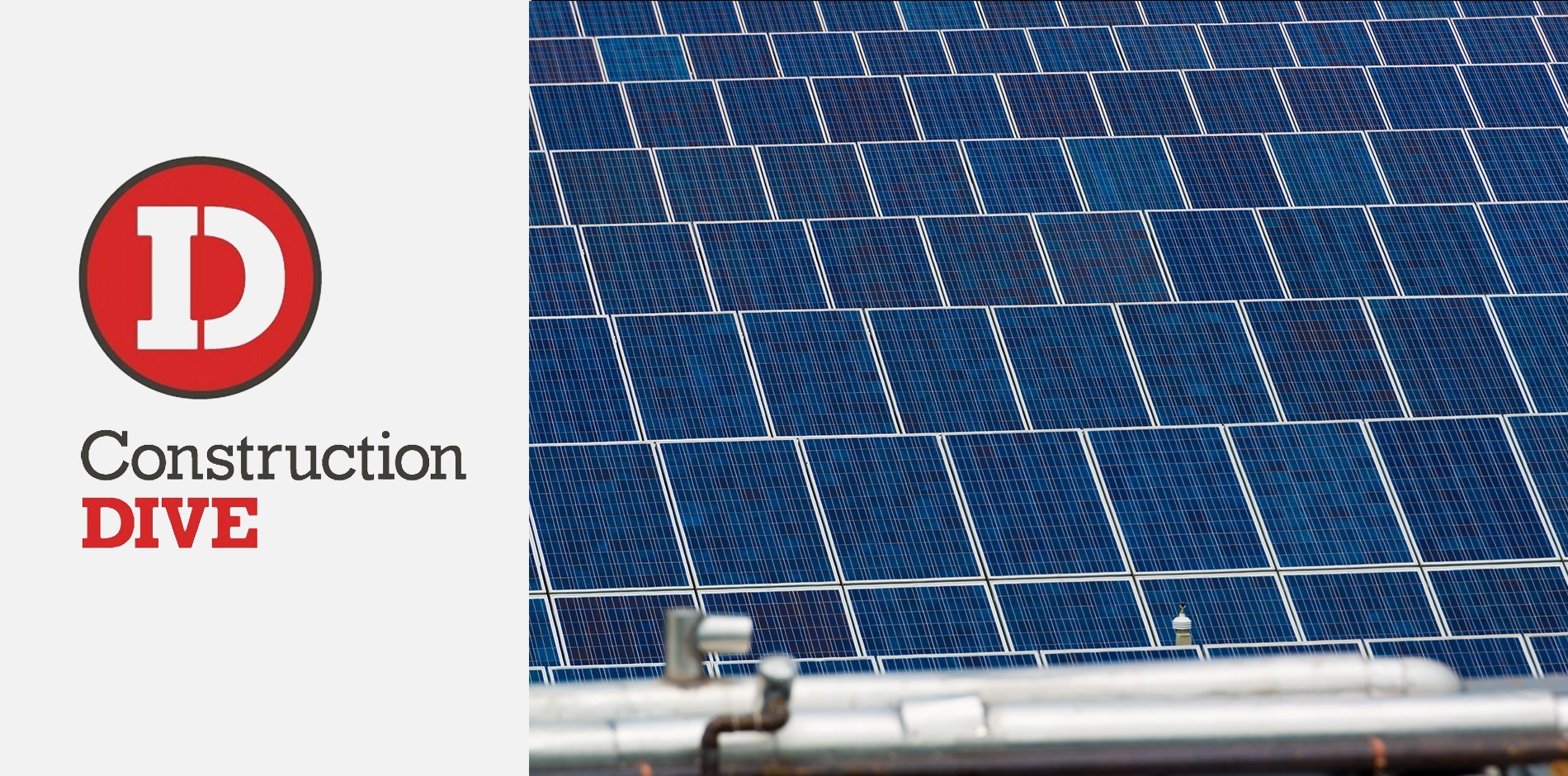Excerpt from Construction Dive:
The starting point of a sound net-zero strategy is site selection and orientation, according to Michael Kearns, project executive/regional director for Western Massachusetts at Shawmut Design and Construction,
"You want the building to reject solar gain in the summer and pick up the benefit of solar gain in the winter," he told Construction Dive. "Then you start to look at how you’re going to orient your building on the site, what types of exposure it’s going to have during certain times of the year and how you really optimize the sun."
Site orientation, he said, also includes positioning the building for optimal lighting, which can reduce electric and heating bills.
The next step, according to Kearns, is for builders to ensure they have a high-performance, well-insulated building envelope that can retain all of the cold-treated or heat-treated air, depending on the time of year.
After that, builders should consider various mechanical, electrical and plumbing (MEP) systems for energy efficient ways of heating and cooling the building, including options like geothermal heat pumps, which use the relatively stable temperature underground, via a piping system, to cool, heat and provide hot water.
He added that it's important to keep the people who will be working on the systems in the loop during the MEP selection process.
"Often these systems might be things that they don’t currently have," he said. "They’re going to require training and buy-in to make sure that they’re on board with this so that it’s successful."
Using water and piping for temperature control is similar to what Under Armour previewed at the announcement for its future 50-acre South Baltimore headquarters campus. The plan is to filter runoff and water pumped from the Patapsco River to cool the complex’s buildings before circulating it back into the river.
Kearns said this practice is fairly widespread, particularly among industrial buildings. "A lot of process facilities will pull water from the ocean or river and run it through their manufacturing facilities for free cooling," he said.
When builders have the basic systems set up for a building — minimizing energy consumption as much as possible — then it’s time to select how to produce enough energy to offset that consumption. Solar, Kearns said, is the most common, but biomass — plant matter and animal waste — and wind turbines are options as well.
